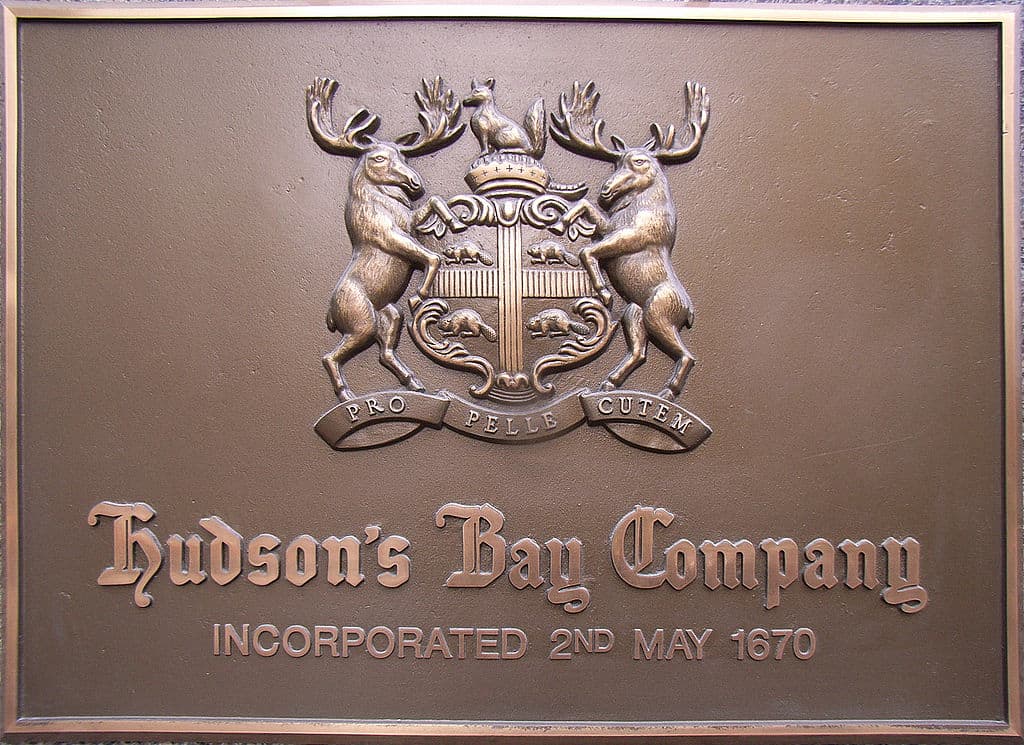Ever since Hudson’s Bay Co. (TSX:HBC) executive chairman Richard Baker convinced Target Corporation to pay $1.8 billion for a bunch of Zellers leases in 2011, I’ve been a fan of the real estate investor.
He’s got a knack for delivering value when investors least expect it.
Back in late October, as activist investor Land & Buildings was making a big stink about HBC not reworking its real estate assets faster to deliver shareholder value, Baker announced a big deal with WeWork Companies, one of North America’s biggest developers of co-working space.
Under the terms of the deal, HBC sold its flagship Lord & Taylor store for US$850 million to the New York-based company, got an equity investment of US$500 million, and entered a strategic relationship to jointly develop co-working spaces in HBC real estate.
It was a brilliant move, because it forced the department store to look more closely at its Lord & Taylor chain and how much space it was wasting for a brand whose best days might be behind it.
In early June, CEO Helena Foulkes announced that it was closing 11 Lord & Taylor stores, including the three remaining floors of its New York City flagship that it originally intended to keep open, providing more co-working space for WeWork’s New York operations.
And now Baker looks to deliver value once more when it’s least expected.
A European retreat
As I write this, the company is negotiating with Signa Holding GmbH, the parent of Karstadt, its German department store competition, which would see HBC throw its European operations into a joint-venture arrangement with Karstadt, which would form a department store giant in Germany with 178 locations.
In return for its contribution, HBC would receive as much as $1.69 billion in cash for slightly less than 50% of the joint venture. Also, Signa would assume $750 million in debt and manage the joint venture’s operations.
As CEO Helena Foulkes said when announcing its Q1 2018 earnings in June, “Everything is on the table.” Indeed, the potential partial exit from Europe is indicative of the company’s desire to focus on its North American operations.
Business has some good parts
Between the 6% same-store sales growth at Saks Fifth Avenue in 2018’s first quarter to the Hudson’s Bay banner delivering a 31st consecutive quarter of same-store sales growth, some good things are happening in its core retail operations.
“Results in North America were encouraging, highlighted by better performance across the group and comparable sales growth of 6% at Saks,” Richard Baker stated in the Q1 2018 press release. “We have significant opportunity to build on this trend, and are taking action to strengthen the foundation of the company and position HBC for profitable growth.”
Clearly, Foulkes has started to hit her stride; the tentative European joint venture, whether or not it happens, is a sign that the long-time retail veteran isn’t interested in playing it safe.
I think she’s managed to convince the board that fast action is required to keep HBC from going down the same path as Sears Canada. She’s also managed to recruit some strong retail talent south of the border to fix what ails the company, including turning Lord & Taylor into more of an online name and less of a brick-and-mortar department store.
The bottom line on Hudson’s Bay Co.
I see the potential joint venture as a way for HBC to have its cake and eat it too. I don’t think Richard Baker wants to abandon his plans for a global retail enterprise, but I do believe Foulkes has convinced him and the board that you have to walk before you can run.
Without successful Saks and Hudson’s Bay banners it will never be able to broaden its horizon to Asia and elsewhere because it will be out of business.
I look for it to make more smart moves in the future, like selling Home Outfitters, which sticks out like a sore thumb from the rest of its businesses.








